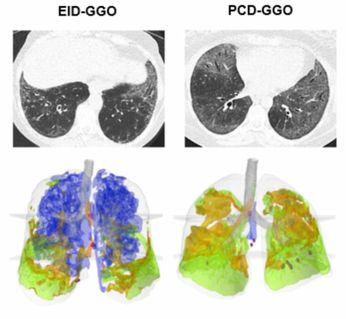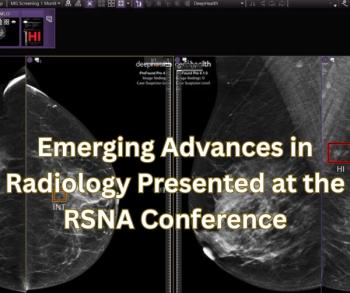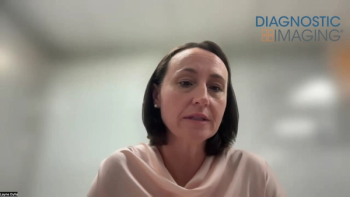
Deep Learning Improves CT Guidance for Revascularization of Coronary Total Occlusions
Emerging research revealed that a deep learning model had a nearly twofold increase in successful segmentation and reconstruction of coronary total occlusions (CTOs) on coronary computed tomography angiogram (CCTA) and a 73 percent reduction in post-processing and measurement time in comparison to a conventional manual approach.
While coronary computed tomography angiography (CCTA) provides detailed imaging of chronic total occlusions (CTOs), it is reportedly time-consuming and technically challenging to segment and reconstruct occluded vessel segments on CCTA. However, a new deep learning algorithm may improve the effectiveness and efficiency of CTO assessment.
The researchers found that the deep learning algorithm facilitated successful automated segmentation and reconstruction via CCTA for 228 out of 240 CTO lesions (95 percent) in comparison to 116 out of 240 CTO lesions (48 percent) with conventional manual reconstruction. Use of the deep learning model also led to an average reduction of approximately 5.6 minutes in postprocessing and measurement time (mean of 121 seconds) for assessing CTO lesions in comparison to manual reconstruction (mean of 456 seconds).
The deep learning model combines a global segmentation convolutional network with a shallow vessel tracing network, according to the study authors. They noted that initial segmentation of heart chambers provides context to vessel location through the coronary segmentation network. The researchers said the shallow vessel tracing network “bridge(s) the possible discontinuity in the coronary segmentation results,” highlighting local image details and the growth of initially disconnected vessel segments.
“The combination of two networks proves effective to improve the integrity and continuity of coronary segmentation and to expedite CTO preprocedural assessment without compromising measurement accuracy,” wrote Jiayin Zhang, M.D., who is affiliated with the Department of Radiology at Shanghai General Hospital in China, and colleagues.
The location and length of CTO lesions did not affect the efficacy of the deep learning model. Zhang and colleagues pointed out that segmentation and reconstruction via the deep learning algorithm had a 96 percent success rate in the left anterior descending artery and a 97 percent success rate in the right coronary artery. Automated postprocessing with the deep learning model was also successful for 93 percent of long occlusions (> 2 cm) and 97 percent of short occlusions (< 2 cm), according to Zhang and colleagues.
In regard to study limitations, the researchers noted that manual diagnosis and measurement were still necessary to assess the reconstructed images from the deep learning model. They also acknowledged that only three types of CT scanners from two vendors were utilized for the external validation testing of the deep learning algorithm.
Newsletter
Stay at the forefront of radiology with the Diagnostic Imaging newsletter, delivering the latest news, clinical insights, and imaging advancements for today’s radiologists.




























